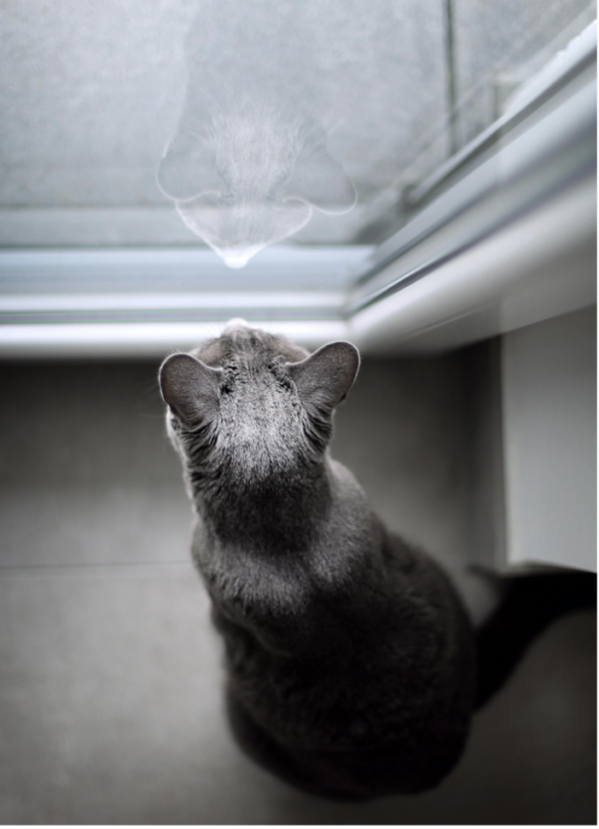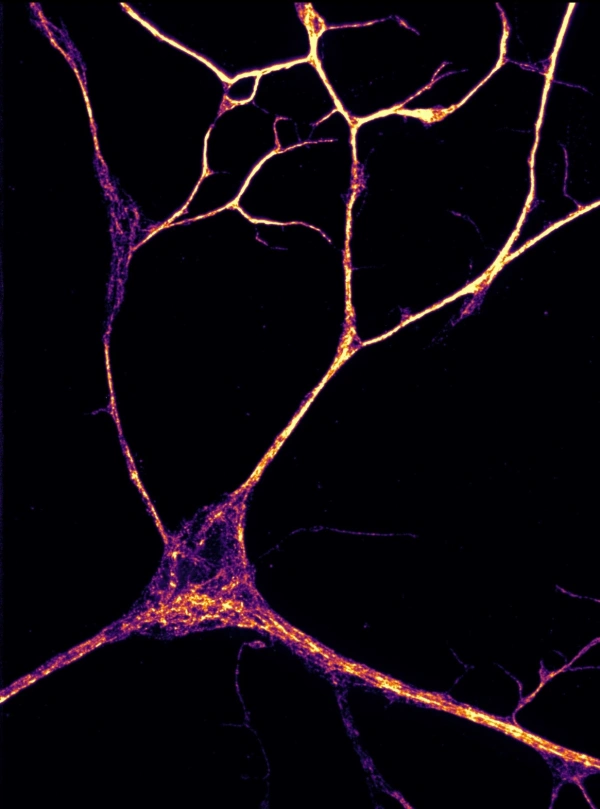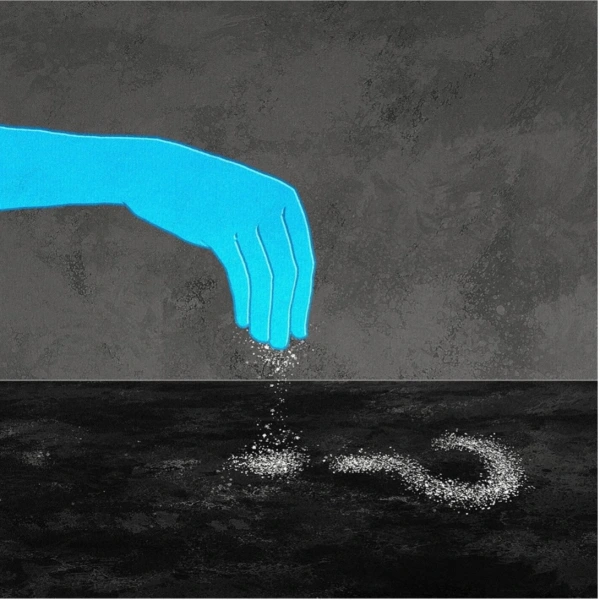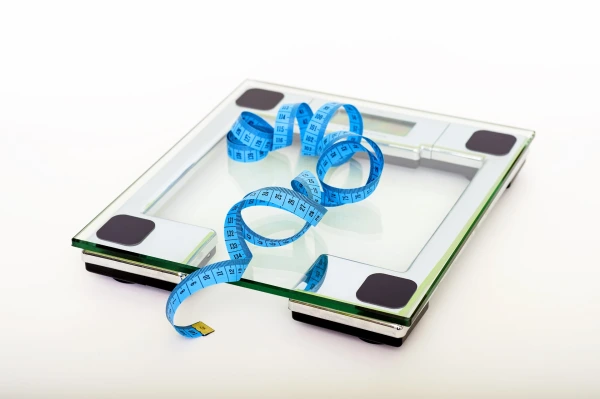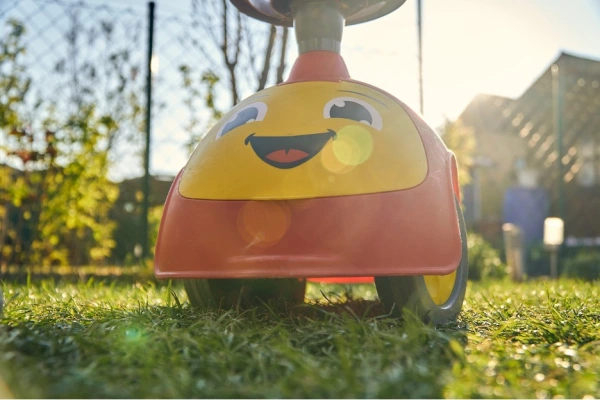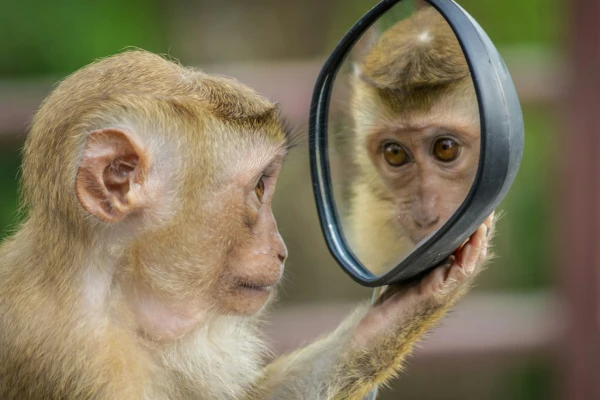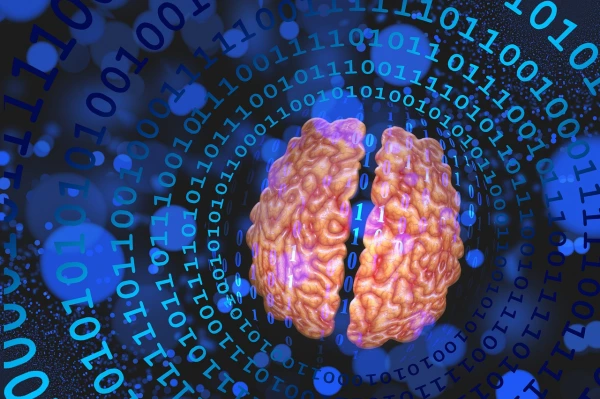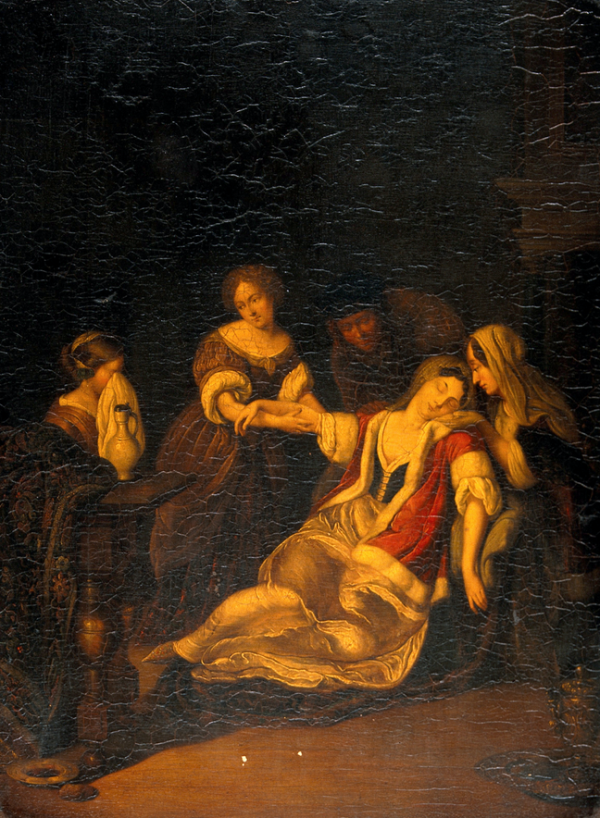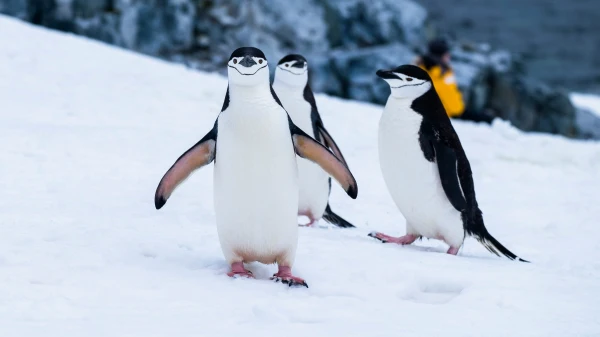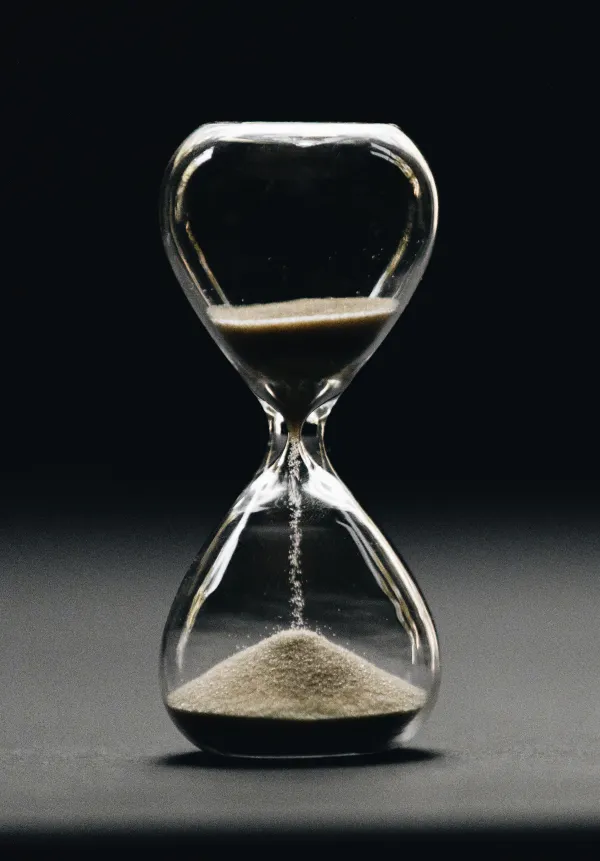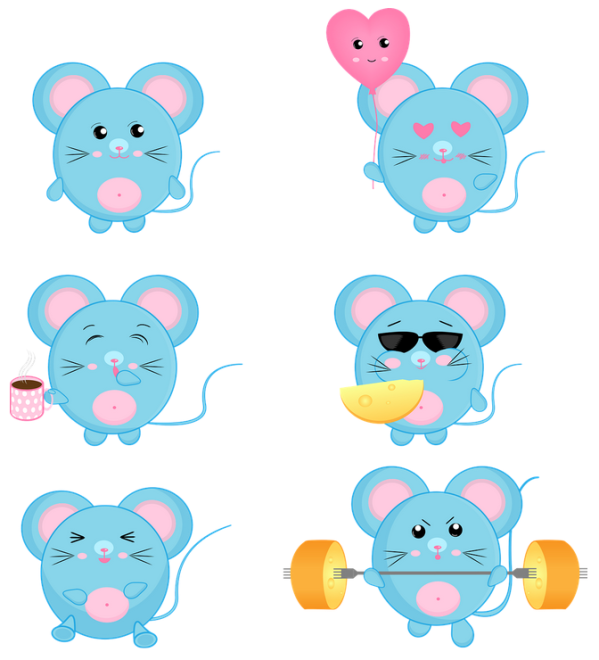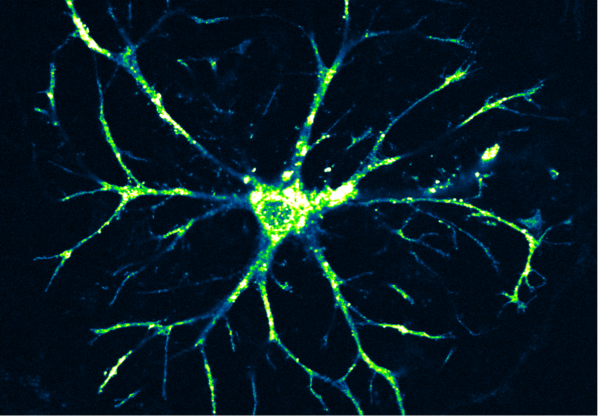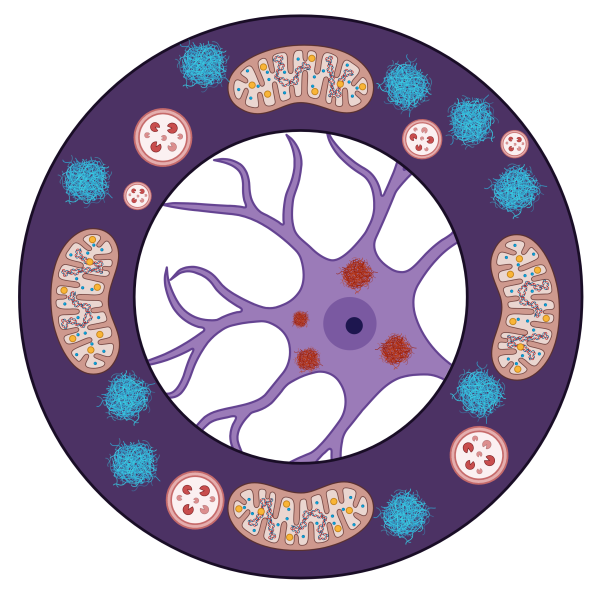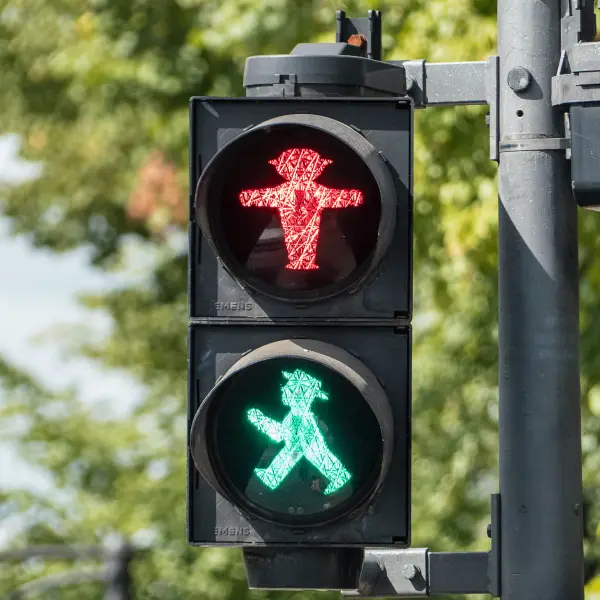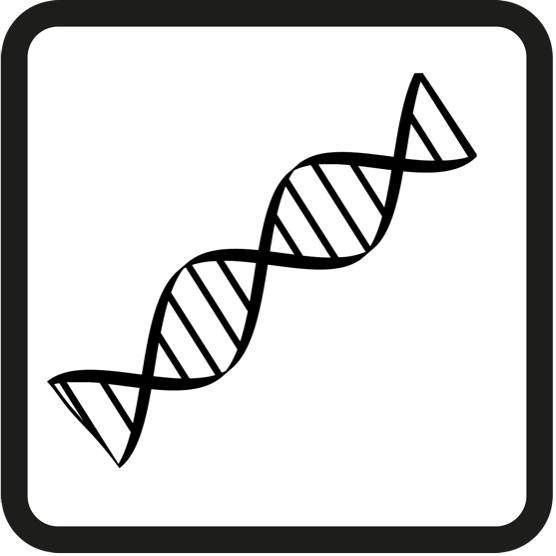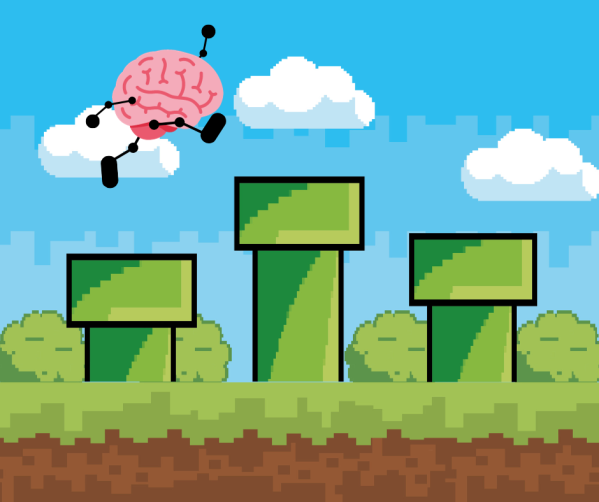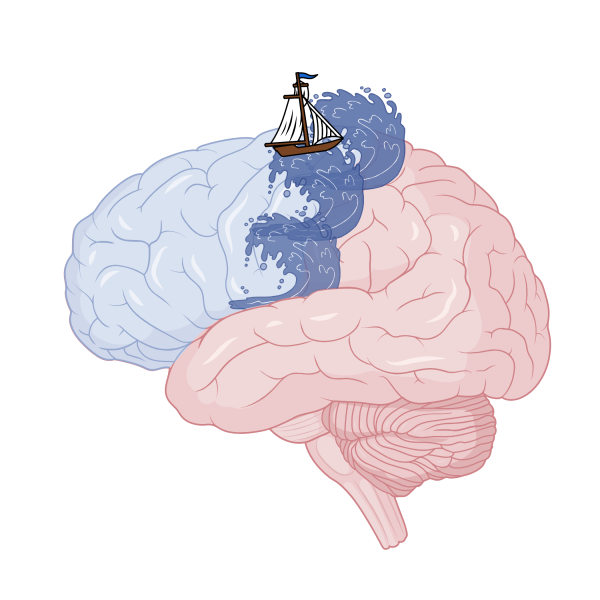A long-awaited first step towards a cure for a devastating brain disease
Interoception: The “sixth” sense that shapes our wellbeing
Have you ever noticed your heart rate increase while watching a scary scene in a movie? Or how one moment you feel totally fine, and the next moment there is a burning itch on your leg that you need to scratch? This all results from a sixth sense you may not know existed.
Glia in neurodegeneration: Gladiators or traitors?
Neurons are far from the only cell type in the brain; other cells like astrocytes and microglia are also crucial for brain function. In certain diseases like Parkinson’s and Alzheimer’s where we see irreversible neuron death, researchers are starting to ask: what role do these other cell types play?
Opioid drugs: Pain, pleasure…poison?
Opioid drugs have many effects – from medicinal to thrilling to deadly. How do they do so much at once?
Seasonal allergies pollinating the brain
Cherry blossoms are blooming and bird songs aren’t the only thing filling the air! Learn about the many ways your brain responds to seasonal allergies.
Your brain on Ozempic
We’ve all likely heard of the “weight loss” drug Ozempic, but what does it do to the brain?
Object anthropomorphism: Walking a day in someone else’s wheels
Across ages and cultures, we tuck in teddy bears and put googly eyes on roombas. Where does the urge to empathize with our belongings come from?
ALL ABOARD! The mirror neuron hype train
Take a ride on the Mirror Neuron Express. Departing from: fascinating findings. Arriving at: valuable lessons. By way of: exaggeration, speculation, and overstatement.
Your brain by the numbers
Learn just how remarkable your brain is!
Weathering the storm
How do some people overcome the risk for mental illness and what can – or can’t – we learn from them?
Not for the faint of heart
A group of neuroscientists think they’ve found the neurons that can cause you to pass out.
Why haven’t we cured chronic pain?
Millions of people around the world suffer from chronic pain disorders, yet we have very few reliable treatments and no cure. Here are three reasons why.
Penguin power naps: Racking up a day’s worth of sleep four seconds at a time
Explore what it means to be asleep, why sleep is so important, and what we can learn from the sleep habits of Antarctic chinstrap penguins.
Advertising to the brain: The basics and ethics of neuromarketing
An increasing number of marketing companies are using our brain activity to decide how to advertise to us, an approach called neuromarketing. How does neuromarketing work and how can we protect ourselves from the abuse of it?
Critical thinking: How networks in the brain may be optimally organized
Some neuroscientists think that the brain balances on the edge of chaos to be as efficient as possible. One new study suggests that sleep helps to restore this ‘critical’ state which may slowly fade while you’re awake.
Why forgetting might actually be a good thing
Our tendency to forget names, passwords, and skills is a source of endless frustration. However, this forgetfulness might actually be crucial for optimal brain function.
2023 Neuroscience Year in Review
Our writers share what got them excited about neuroscience in 2023.
Tiny faces, big expressions: Reading rodent faces
How can you tell what a mouse is feeling? New methods give neuroscientists some clues.
An unlikely culprit behind “brain fog”
Brain fog may be the product of how the brain manages in response to a dysregulated immune system
Astrocytes: the “stars” of our central nervous system
The cells in our brain are constantly chatting, with neurons being the loudest of them all. But listen closely, for some quieter voices may be saying things you don’t want to miss…
Parsing Parkinson’s pathology
Parkinson’s disease is a neurological disorder that affects 1% of the U.S. population above the age of 60. Symptoms of Parkinson’s impact all facets of life. You might be wondering- if Parkinson’s is so common, why haven’t we been able to develop a cure? Here, we break down some of the aspects of Parkinson’s pathology that make it such a complicated disease to understand.
The early bird and the night owl: A look at differences in our sleep behavior
You have probably heard the expressions “early bird” and “night owl.” But did you know that differences between these kinds of sleepers go beyond just their bedtimes?
What makes a musician?
An exciting new study untangles how nature and nurture influence musicianship from childhood to adulthood
Phonesick: fact or fiction? Your brain on EMFs
Every day we’re exposed to low energy electromagnetic frequencies (EMFs) from devices like our phones. Can EMFs affect our brains?
Science in Spooktober: Fear on the brain
It’s spooky season and the perfect time to gather friends and suffer through scary movies! Learn about the different ways the brain responds to horror movies and what scientists have learned from it.
Like it was yesterday
What if you could remember every day of your life?
Mixed Messages: How your brain deals with conflicting information
What happens when your senses don't agree? Learn how your brain handles conflicting information by changing what you see, altering what you hear, or even making you puke!
The curious tale of epigenetics: How do genes change during our lives?
Genes may not be the only thing parents are passing down to you.
Exergames: The video games that won’t “rot” kids’ brains
Combining the benefits of fitness and cognitive training games to help kids succeed in the classroom.
Catching the brain’s tallest waves
Cortical spreading depolarizations, the tsunami of brain waves, play a role in everything from migraines to traumatic brain injuries.

